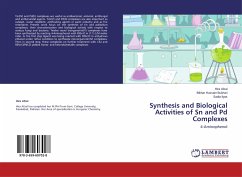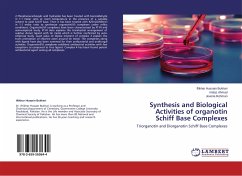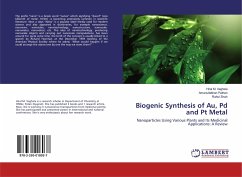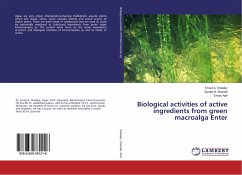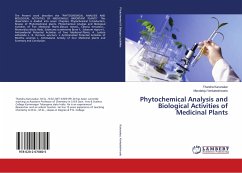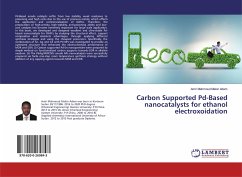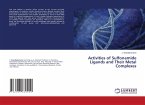Tin(IV) and Pd(II) complexes are useful as antibacterial, antiviral, antifungal and antilarvicidal agents. Tin(IV) and Pd(II) complexes are also important as catalyst, water repellent, antifouling agents in paint industry and as fire retardants. Present work focus on the synthesis of tin and palladium complexes, their characterization and biological activity with respect to various fungi and bacteria. Twelve novel triorganotin(IV) complexes have been synthesized by reacting 4-Aminophenol with R3SnCl in (1:1) L/M molar ratio. In the first step ligand was being reacted with R3SnCl in anhydrous ethanol under reflux condition to synthesize monorganotin(IV) complexes. Then in second step, these complexes on further treatment with CS2 and R3SnCl/PdCl2 yielded homo- and heterobimetallic complexes.

